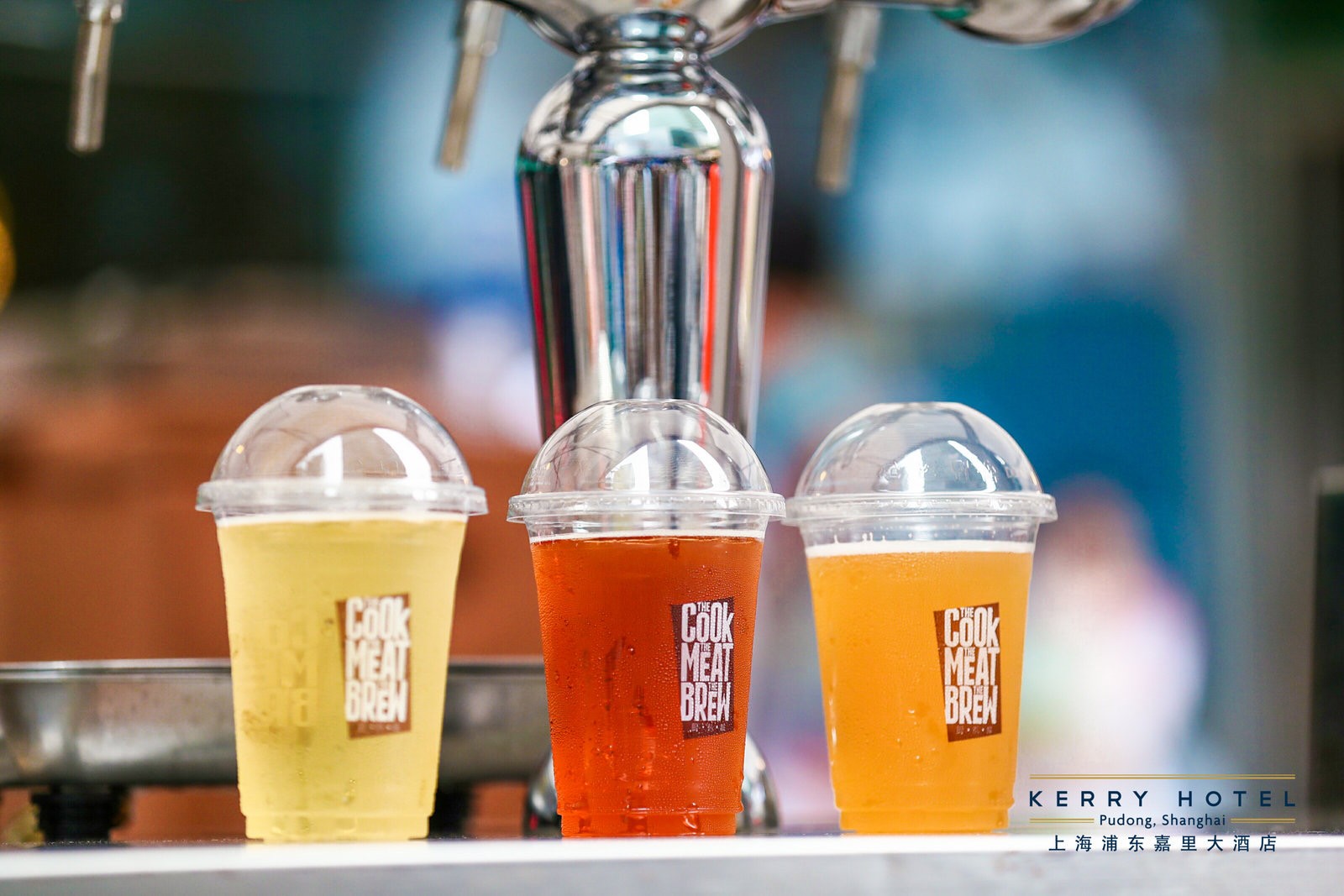 That's columnist Chris Foste is a bearded beer fanatic whose frothy pint glass of knowledge flows over with wisdom on the wetting of one's whistle.
That's columnist Chris Foste is a bearded beer fanatic whose frothy pint glass of knowledge flows over with wisdom on the wetting of one's whistle.
In the time before planes, trains and automobiles, when wooden vessels dominated the high seas, very little was known about brewing. Rough, bearded men used magic wooden paddles that would miraculously cause their vat of sugar water to foam up and transform into luscious alcoholic liquid. Now, brewing historians know that it was the yeast and bacteria that had buried itself deep into these wooden paddles that would initiate fermentation, but thousands of years ago this wasn’t science, it was magic! Which concoction was early man’s first brew of choice? Wine? Nope. Beer? Negative. The first liquid that man magically fermented was none other than mead!
Early documentation of history state that mead was popular up to 4,000 years ago. A fermented mixture of honey and water, mead is sweeter than wine and can be combined with any number of fruits and spices to further enhance the flavor. Known to be an enchanted drink, promoting virility, vitality and heightened intelligence, gods of ancient lore were often depicted slamming back giant ram’s horns filled with mead to maintain and enhance their divine abilities.
While still being a delicious way to imbibe, mead has fallen from the limelight of alcoholic popularity. One of the reasons why mead recently has fallen off in popularity is the production time for the product. More similar to wine than beer, mead requires anywhere from two weeks to four weeks just to complete the initial fermentation. From here, mead will still require anywhere from 6-12 months of aging to round out the flavor, making it smooth and delectable. Otherwise, there is a sharp alcoholic flavor in mead directly after fermentation.
In stark contrast, beer can be fermented and ready to drink in as little as 10 days. Wines, while some do require proper aging, do not possess nearly as sharp an alcoholic flavor as mead once fermentation has completed. In addition to the preparation time, honey and the scarcity of good beekeepers makes the initial costs higher. Securing a steady and cheap supply of honey can be done, but not as easy as finding grapes or barley. Thus, the nectar of the gods has become a novelty instead of its once predominate staple in the household.

With mead not being a readily available product in the marketplace, home brewing is the best method to get a chance to taste this fantastic beverage. The most difficult part of mead is securing the proper honey, as most honey found in markets are used for cooking and will only result in a basic product. The quality of ingredients you use always represents the quality of output in the brew. In China, mead brewers also must be wary of fake honey, since many market-based kinds of honey are not really honey, but instead a viscous, dyed sugar water mixture. One can only imagine the disastrous hangover obtained from drinking the sweet imposter brew.

The process of mead making is simple. Boil water for 10 minutes to sanitize it, then let the water cool to 70 degrees Celsius and let it sit at this temperature for another 10 minutes. At this time, add your honey, along with any yeast nutrient and energizer. Since honey does not contain the same minerals as barley (beer) or grapes (wine), the yeast will need something else to consume other than the honey sugar to achieve strong fermentation.

Now, the honey and nutrients have been stirred in and the mixture has set at 70 C for 10 minutes. The resulting concoction is called must. Now, the must needs to be chilled to around 25 degrees Celsius in order to pitch the yeast. If the temperature is too high when the yeast is added, it will kill the yeast and no fermentation will occur. From here, add the yeasty must to a fermentation vessel and cap it off with an airlock.

Fermentation should be completed after around two or three weeks. At that time you will want to separate your mead from the yeast, so siphon it to another vessel and let it age for another 6-12 months. From this point, the mead is drinkable but won’t taste that good. The longer it ages the better the taste. Some meads even require as long as three years before they begin to ‘hit its stride.’

With an ABV similar to wine, mead is an absolutely delightful way to reach inebriation. If there is a chance to taste some mead, do it. Even better, brew at home to customize the honey wine to your liking. While a decent' amount of time is necessary to acquire a good mead, patience is a virtue when it comes to this historic drink of the gods.
Have any questions about your mead brewing? Follow Chris Foste, the Bearded Bear, and feel free to send any inquiries into the brewing process!

[All images courtesy of Chris Foste]
Read more of Foste's columns and brew reviews






















0 User Comments